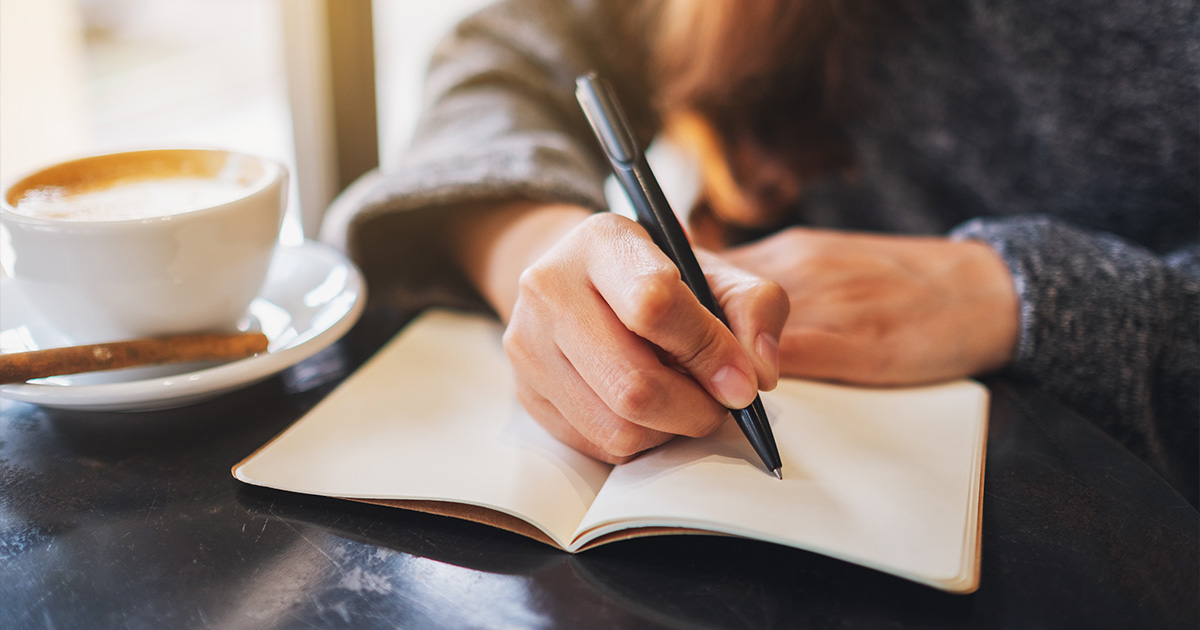Are You Using #Hashtags Wrong? Etiquette and Best Practices
The # (pound) sign took on a new meaning 10 years ago when designer Chris Messina first tweeted it as a hashtag character, asking his followers how they felt about "using # (pound) for groups." Ever since, hashtags have been used to connect individuals and groups into broader conversations on popular topics and world events.
As such, hashtags help companies drive business through social media marketing. Companies and organizations use hashtags to engage their audience and attract new followers.
There's etiquette involved, though, to help streamline engagement. The 10-year anniversary of the hashtag is an excelent time to freshen up on best practices.
Follow the trends.
On Twitter, trending hashtags appear on the sidebar of the newsfeed. Pay attention to them and—when possible—utilize them.
"Using these popular trending hashtags and tying it to your posts can help drive new traffic or followers. It's an easy way for new people to find you or your products," said Angela Brown, marketing manager, Serendipity Media.
Use hashtags for events.
One successful way to utilize hashtags is marketing for special events or campaigns, notes Jill Carroll, also a marketing manager at Serendipity Media.
The tourism industry can easily capitalize on this.
"If you are promoting a tour to Munich, and it's during Oktoberfest, then include a trending hashtag for that event. It would help build interest and excitement," Carroll said.
Destinations within the path of totality during the Total Solar Eclipse earlier this year, for instance, used #SolarEclipse2017 to help drive traffic. Some destinations even invented their own hashtag for the event.
Happy Saturday Night from Nashville on this #MusicCityEclipse Eve Eve. pic.twitter.com/W6ul5s7Dvg
— Nashville Tennessee (@visitmusiccity) August 20, 2017
Use destination hashtags.
Many destinations have a hashtag—and they should. Both Brown and Carroll note hashtags are an easy way to use visitors as spokespeople.
"Everyone takes photos when they're on vacation or visiting someplace," Brown said.
Tour companies should also use destination hashtags when posting to social media about a tour, or during a tour. Curious followers interested in visiting the destination could easily come across your product.
Stay relevant.
Using hashtags is all about more exposure. If you use a trending hashtag on a topic that is completely different from the message you intend to send, you'll definitely get noticed.
Not in a good way.
Keep the hashing to a minimum.
More hashtags, more problems.
Amanda DiAntonio from Likeablemedia found that tweets on Twitter employing more than two hashtags lowered average engagement.
Instagram, on the other hand, loves hashtags. Maybe too much. Posts with more than 11 hashtags find higher engagement, yet experts recommend brands should keep it to three to five.
DiAntonio also notes that hashtags aren't nearly as popular on Facebook. The platform only introduced hashtags a few years ago, and Facebook users are generally more private than other social media platforms. So, use sparingly.
Keep it short and sweet.
#areyouhavingtroublereadingthis
Makeup. Don't break up.
#Do #Not #Hashtag #Every #Single #Word
There probably aren't a lot of trending #every posts out there, and if there are, chances are slim they have very little to do with your message.
Do not include spaces in between your words.
When you put a space between words in your hashtag, like #Munich Oktoberfest, then "Oktoberfest" will not be recognized as part of the hashtag, and you'll be missing out on a key audience.
Capitalize.
When your hashtag contains more than one word, capitalize: #MunichOktoberfest. It makes it easy to read, and it ensures the appropriate topic is being recognized.
Start the hashtag's second decade off strong.
Written by Cassie Westrate, staff writer for Groups Today.



